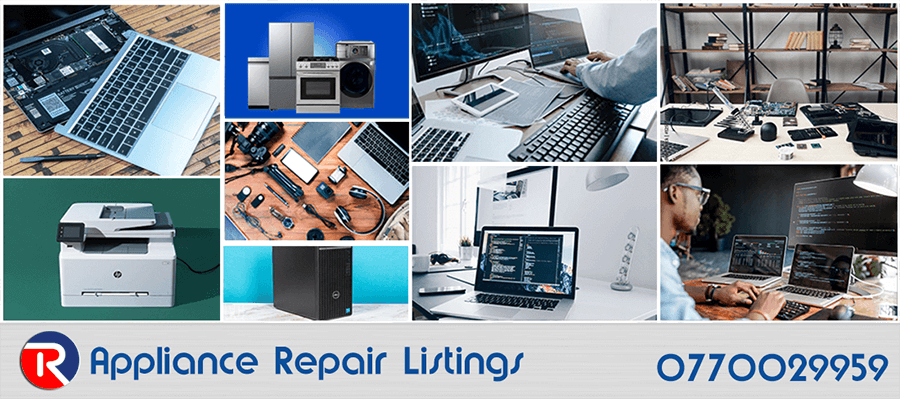
Troubleshooting Laptop Charging Problems
By Repair.co.ke
A laptop that refuses to charge can be a frustrating roadblock, especially when you rely on it for work, study, or entertainment. Before you rush to replace your device or spend on costly repairs, many charging issues can be resolved with a bit of troubleshooting. At Repair.co.ke, we’ve compiled this comprehensive guide to help you diagnose and fix common laptop charging problems efficiently.
Step 1: Check the Power Adapter and Cable
The most common culprit behind laptop charging issues is a faulty power adapter or cable. Inspect the entire length of the charging cable for visible damage, such as frayed wires, bent connectors, or exposed insulation. A damaged cable can interrupt power delivery, preventing your laptop from charging. Similarly, check the adapter (the brick-like component) for signs of overheating, burn marks, or a loose connection where the cable meets the adapter.
Try wiggling the connector at the laptop’s charging port. If the charging indicator flickers or only works at certain angles, the cable or connector may be faulty. To confirm, test the adapter with a compatible laptop, if available, or use a multimeter to check the voltage output. If the adapter is dead, replacing it with a manufacturer-approved model is the best solution. Avoid cheap, third-party chargers, as they may not deliver the correct voltage and could damage your laptop.
Step 2: Inspect the Charging Port
A loose or damaged charging port can prevent proper contact between the charger and the laptop. Look inside the port for debris, dust, or bent pins. Use compressed air or a small brush to gently clean the port, ensuring no foreign objects obstruct the connection. If the port feels loose or the charger plug wobbles excessively, the port may need professional repair or replacement, as this often involves soldering or intricate hardware work.
Step 3: Test the Battery
If the charger and port seem fine, the issue might lie with the laptop’s battery. Many modern laptops have built-in batteries that require technical expertise to access, but you can still perform some checks. First, power on the laptop while plugged in. If it works normally but the battery icon shows “not charging,” the battery may be improperly seated (for removable batteries) or malfunctioning.
For laptops with removable batteries, power off the device, unplug it, and remove the battery. Hold the power button for 30 seconds to discharge residual power, then reinsert the battery and try charging again. If the battery still doesn’t charge, it may have reached the end of its lifespan. Most laptop batteries last 2–4 years, depending on usage. In this case, contact your laptop manufacturer or a trusted repair service like Repair.co.ke to source a compatible replacement battery.
Step 4: Check Software and Settings
Sometimes, charging issues stem from software glitches rather than hardware failures. Ensure your laptop’s power management settings are configured correctly. On Windows, navigate to Control Panel > Power Options and verify that the battery settings allow charging. For MacBooks, check System Settings > Battery to ensure no restrictions are enabled.
Outdated BIOS or firmware can also interfere with charging. Visit your laptop manufacturer’s website to download and install the latest BIOS update, but follow instructions carefully to avoid bricking your device. Additionally, some laptops have battery management software that limits charging to extend battery life (e.g., stopping at 80%). Check for such settings in your laptop’s utility software and adjust them if needed.
Step 5: Test the Power Source
Don’t overlook the basics: ensure the wall outlet or power strip is functional by plugging in another device, like a phone charger. If you’re using a power strip or extension cord, try connecting the charger directly to a wall outlet. Faulty outlets or power surges can disrupt charging, especially in areas with unstable electricity.
Step 6: Address Overheating Issues
Overheating can cause a laptop to stop charging as a safety measure. If your laptop feels unusually hot, shut it down and let it cool for 30 minutes. Clean the vents and cooling fan with compressed air to improve airflow. Persistent overheating may indicate a failing fan or thermal paste issue, requiring professional attention.
Step 7: When to Seek Professional Help
If none of these steps resolve the issue, the problem may involve complex components like the motherboard or power management chip. At Repair.co.ke, our certified technicians use advanced diagnostic tools to pinpoint issues, from faulty DC-in boards to internal circuitry failures. Attempting such repairs at home can risk further damage, so trust professionals for intricate fixes.
Preventative Tips
To avoid future charging problems, always use the original or manufacturer-approved charger, store your laptop in a cool, dry place, and avoid overcharging by unplugging once the battery reaches 100%. Regular maintenance, like cleaning ports and updating software, can also extend your laptop’s lifespan.
By systematically troubleshooting these common issues, you can often restore your laptop’s charging functionality without unnecessary expense. If you’re stuck, Repair.co.ke is here to provide expert diagnostics and repairs to get your device back in top shape.